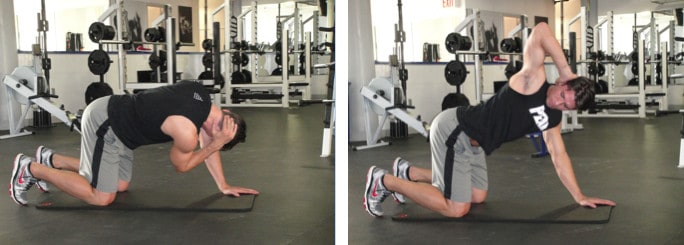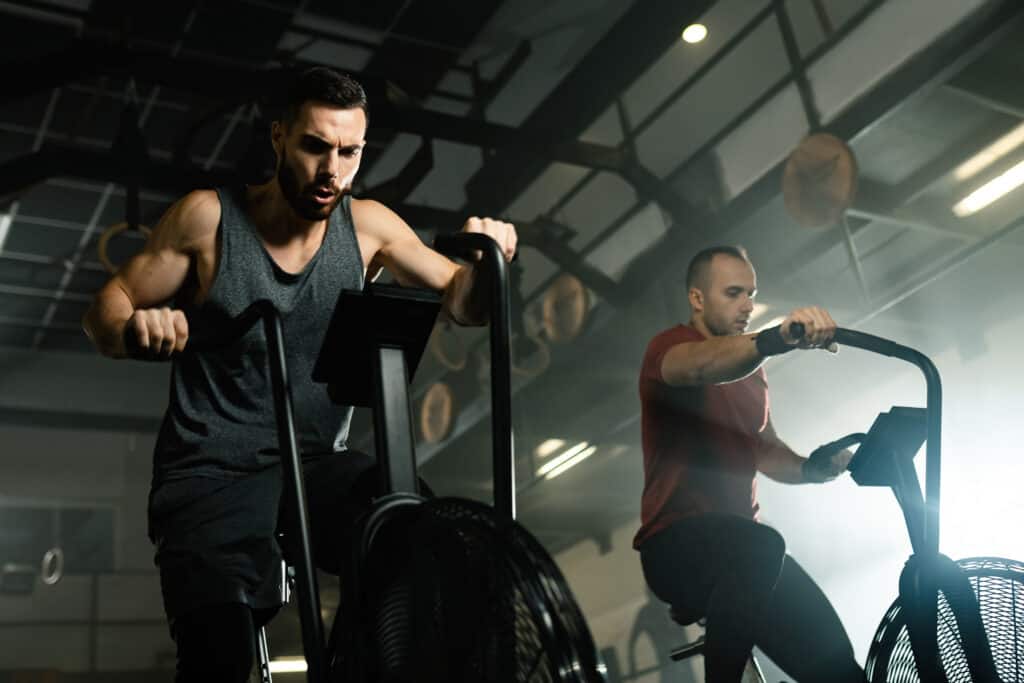We all have different needs when it comes to exercise and those needs continually change as we age. When was the last time you really thought about your exercise routine? More importantly, are you making gains with the current program you’ve been on? Maybe the type of training you’re still doing worked once, but for whatever reasons, is not doing the job now.
Celebrate Success
First, celebrate your success. You have continued to exercise all these years and that’s a good thing even if – at times – it may not be as evident when you step onto your bathroom scale. Keep in mind, more than 30 percent of Americans do not exercise at all and only about 5 percent of the population exercise at what is considered a vigorous level. Approximately 69 percent of Americans are currently overweight or obese.
Physiological Changes
All the work you have put in has done wonders for your mind, body and spirit. More specifically, it has helped maintain strength, functionality, and lean muscle levels. A loss of muscle tissue occurs, for those who are sedentary, at a rate of half-a-pound a year, or 5 pounds per decade (or 3-8 percent of muscle mass). Sadly, the older you get, the more pronounced the changes are. During this “age transition”, a loss of aerobic capacity, strength, power and balance are seen. By the time you hit approximately 60-70 years of age, the loss muscle mass can be as high as 15-30 percent. If this isn’t motivation to stick with strength training, I don’t know what is.
The average person who does not exercise experiences about an 8 percent drop in their strength level per decade. By the time they reach age 65 they have 25 percent less strength compared to when they were 30 years old. On the aerobic side of things, you lose about 3-6 percent per decade in your twenties and thirties. It turns more serious as you age; 20 percent of your aerobic capacity is lost each decade after age 70.
There is potential to lose as much as 25 percent of bone in both sexes, as a result of inactivity, sitting too much and menopausal transition in women. With all this decline comes balance issues and additional problems with functionality, that could ultimately lead to a loss of independence.
Perform a Needs Analysis
Prior to beginning any type of exercise program, it is essential that you undergo a needs analysis. The goal of this analysis is to create clearly defined goals that will help you make the most progress from your training. Ask yourself, what does your body really need at this point in time? Maybe you need more mobility work and less pounding (running) or loading (lifting weights). You may have been doing a lot of strength or cardio work but how is your balance? When was the last time you treated yourself to a good massage or took a yoga class? Find out what you need (by testing yourself) and set some goals.

Assessment
Work with a coach and complete an assessment to determine where you stand regarding the following areas:
- Body Composition
- Strength
- Power
- Aerobic/Anaerobic ability
- Mobility
- Flexibility
- Balance
Ask yourself: How do you judge improvement if you don’t measure it?
Exercise Program
This is where most of us get lost and end up wasting a great deal of time. The first goal is to find out what’s tight and lengthen it and then what’s weak and strengthen it. The second goal should be to get an individual to move better, also known as movement competency. Once an individual can execute a movement efficiently and with full range of motion, like a Squat or Deadlift, then and only then should the volume be increased. When someone cannot execute a particular movement pattern correctly, do not increase repetitions, the number of sets or especially the load.
Focus on primary movement patterns using the Big 6 when it comes to your routine and don’t sweat the small stuff:
- Squat
- Hip Hinge
- Carry
- Lunge
- Push
- Pull
An optimum training program should increase strength, power, improve cardiovascular fitness and more. A strength and conditioning program should change body composition by way of adding lean muscle tissue and decreasing body fat. Balance should improve and flexibility and mobility should increase. But you won’t know if you don’t periodically measure it. Is this the case for you?
Focus on adding in a bout of sprint work to your weekly cardio routine. This can come in the form of high-intensity interval training (HIIT) involving, as an example, sprinting or rowing. Focus more on quality rather than quantity when it comes to HIIT and remember the key is manipulating the intensity.
Finally, focus on adding in more mobility work each time you exercise and make it part of your recovery process on off days.
Exercise Prescription
- Strength training (begin with 1-2 sessions per week, eventually progress to 3-4 weekly sessions)
- Fitness: Elevate your heart rate 2-3x/week for 15-30:00 (wear a heart rate monitor). Add HIIT at least once a week.
- Power: work on vertical or horizontal jumping 1x/week (jump rope, box jumps, DOT drill, etc.)
- Add more mobility work (foam roller etc.)
- Complete a Baseline/Follow-up Assessment
- Do More Yoga
Write down your goals today in order to get the most out of the time you continue to invested in yourself regarding exercise. You don’t own it until you write it down.
Stay Strong Together: Use the Jefit App
Jefit, named best strength app by Men’s Health, Greatest, Forbes Health, Men’s Journal and many others, has a community responsible for 92,000,000 workouts to date! The app, which recently passed 10 million downloads, comes equipped with a customizable workout planner and training log. The app has ability to track data, offer audio coaching cues, and can share workouts with friends. Take advantage of the Jefit leg exercises for all your strength training workouts. Visit our members-only Facebook group. Connect with like-minded people, share tips, and advice to help get closer to reaching your fitness goals.
- Boost Your Posterior Strength with 3 Effective Jefit Exercises - March 31, 2025
- 8 Underrated Stretches to Improve Your Deadlift Performance - March 28, 2025
- Strength vs. Hypertrophy: Best Way to Train for Your Goals - March 26, 2025
